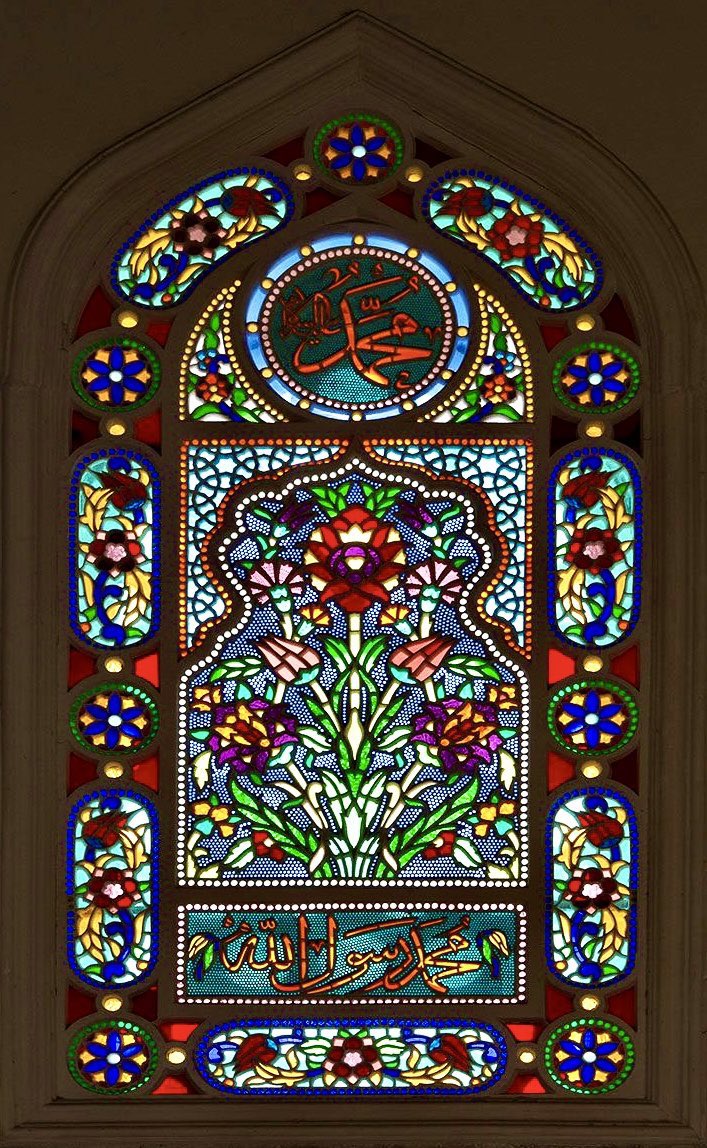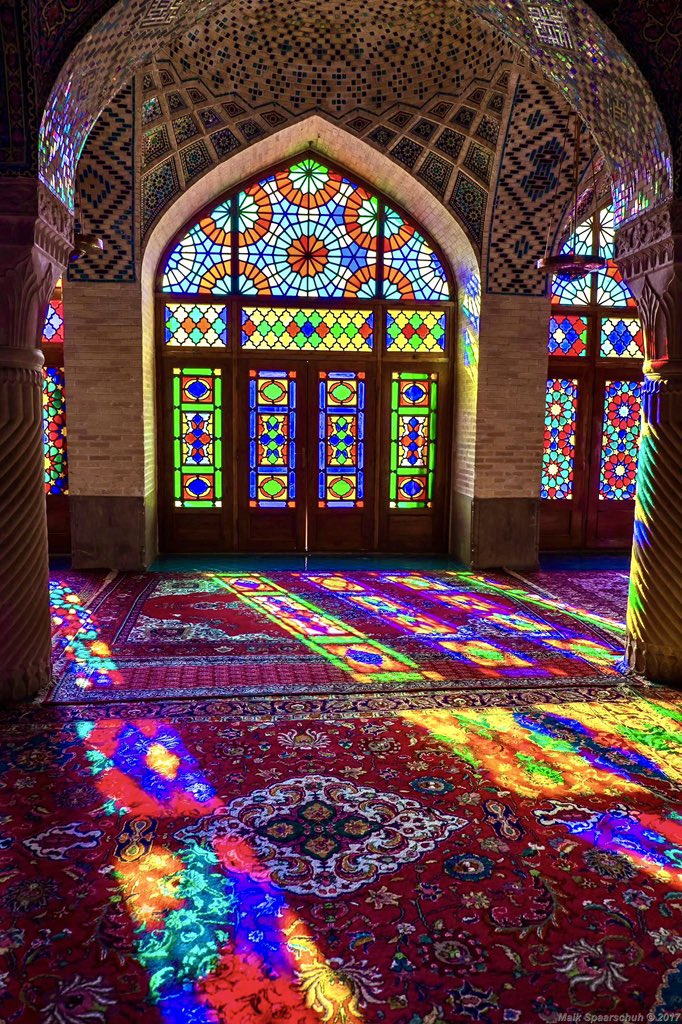Historically, artists have been inspired by the Holy Kaaba. Their artworks are beautiful visual representations of Pilgrimage, creating spiritual connections.
To celebrate #IntermationalArtistDay, here are 20 contemporary artists perspectives on the Holy Kaaba
A thread…
To celebrate #IntermationalArtistDay, here are 20 contemporary artists perspectives on the Holy Kaaba
A thread…

1/ Beautiful interpretation of the Kaaba by artist @safialatif
Safia’s work is distinguished by her loose & textured brush strokes. Painting of the Kaaba surrounded by tall grass & wild flowers, Epilogue 2, oil on panel. Epilogue 1 above.
#IntermationalArtistDay
Safia’s work is distinguished by her loose & textured brush strokes. Painting of the Kaaba surrounded by tall grass & wild flowers, Epilogue 2, oil on panel. Epilogue 1 above.
#IntermationalArtistDay

2/ Beautiful interpretation of the Kaaba by artist @_99khxn
Fatima Khan has a passion for Islamic architecture, history & heritage. She explores this in her magnificent paintings of Mosques from around the world.
#IntermationalArtistDay
Fatima Khan has a passion for Islamic architecture, history & heritage. She explores this in her magnificent paintings of Mosques from around the world.
#IntermationalArtistDay

3/ Beautiful interpretation of the Kaaba by artist Saimah Hussain
Saimah is British Bangladeshi born and based in South Wales, Cardiff. She has a passion for painting Islamic architecture and experiments with texture and colour in her work
#IntermationalArtistDay
Saimah is British Bangladeshi born and based in South Wales, Cardiff. She has a passion for painting Islamic architecture and experiments with texture and colour in her work
#IntermationalArtistDay
4/ Beautiful interpretation of the Kaaba by artist Siddiqa Juma
Siddiqa is a multi-award-winning and critically acclaimed contemporary Islamic artist from the tiny Zanzibari island of Pemba. This work is titled SUPERNOVA.
#IntermationalArtistDay
Siddiqa is a multi-award-winning and critically acclaimed contemporary Islamic artist from the tiny Zanzibari island of Pemba. This work is titled SUPERNOVA.
#IntermationalArtistDay
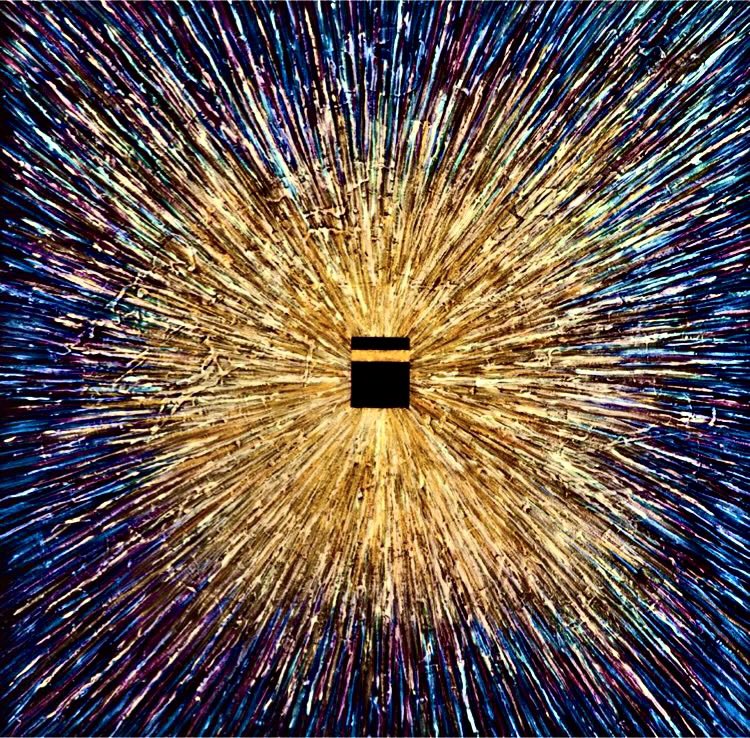
5/ Beautiful interpretation of the Kaaba by artist Naseeba Khader
Naseeba is a Mississauga based artist whose passion is Islamic art & architecture. Close up details of her painting of the Kaaba
#IntermationalArtistDay
Naseeba is a Mississauga based artist whose passion is Islamic art & architecture. Close up details of her painting of the Kaaba
#IntermationalArtistDay
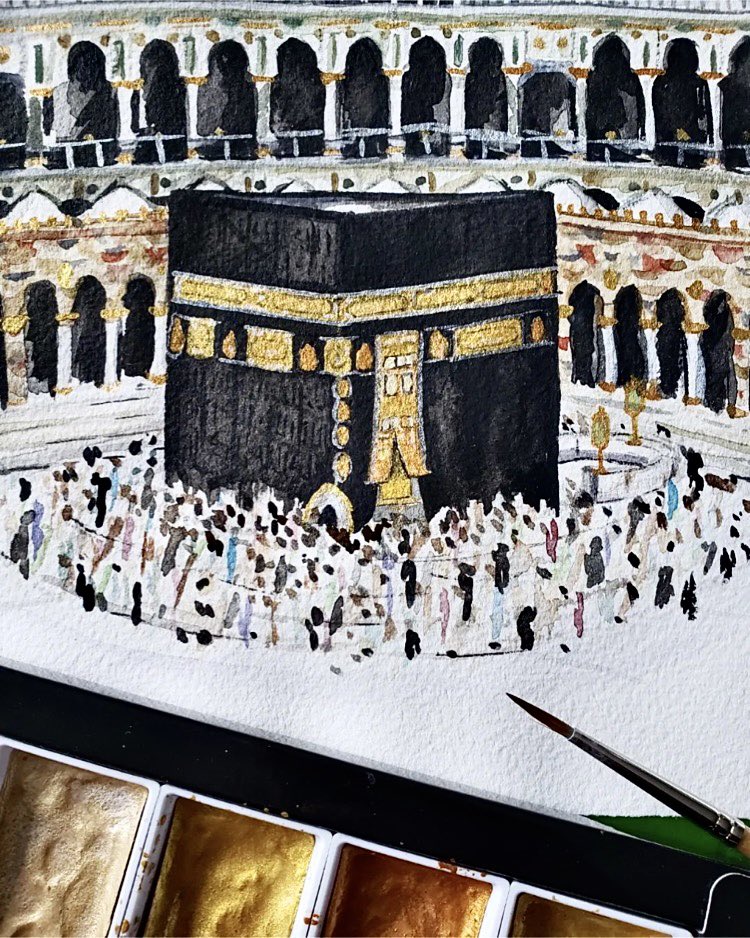
6/ Beautiful interpretation of the Kaaba by artist Ilhem
French artist Ilhem specializes in Islamic art and calligraphy. She is creative & meticulous & has a passion for painting Islamic architecture.
#IntermationalArtistDay
French artist Ilhem specializes in Islamic art and calligraphy. She is creative & meticulous & has a passion for painting Islamic architecture.
#IntermationalArtistDay
7/ Beautiful interpretation of the Kaaba by artist Sara Mir
Born in Pakistan, having lived in the Middle East, America & Europe, Sara believes that everything in creation is a sign of Divinity, the Kaaba is present in most of her works.
#IntermationalArtistDay
Born in Pakistan, having lived in the Middle East, America & Europe, Sara believes that everything in creation is a sign of Divinity, the Kaaba is present in most of her works.
#IntermationalArtistDay
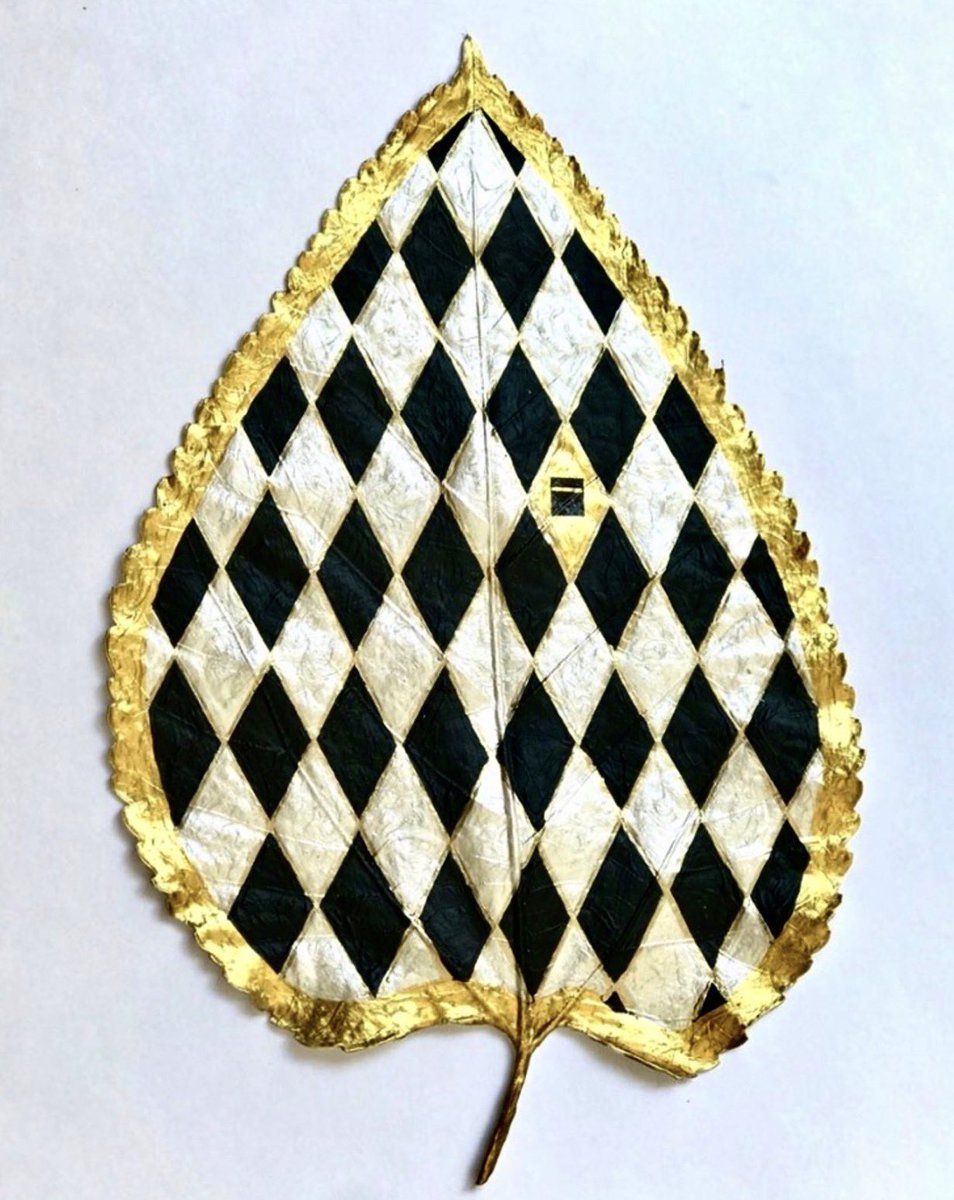
8/ Beautiful interpretation of the Kaaba by artist Farah Nosheen Iqbal
British artist Farah is passionate about in Islamic art and architecture. This is reflected in her bold, colourful paintings.
#IntermationalArtistDay
British artist Farah is passionate about in Islamic art and architecture. This is reflected in her bold, colourful paintings.
#IntermationalArtistDay

9/ Beautiful interpretation of the Kaaba by artist Aqsa
Aqsa is 22 year old Pakistani-Canadian Muslim artist, here she finishes one of her artworks while on pilgrimage to Mecca.
#IntermationalArtistDay
Aqsa is 22 year old Pakistani-Canadian Muslim artist, here she finishes one of her artworks while on pilgrimage to Mecca.
#IntermationalArtistDay
10/ Beautiful interpretation of the Kaaba by artist Mariam
Vancouver based artist Mariam is renowned for her striking paintings inspired by Islamic art architecture.
#IntermationalArtistDay
Vancouver based artist Mariam is renowned for her striking paintings inspired by Islamic art architecture.
#IntermationalArtistDay
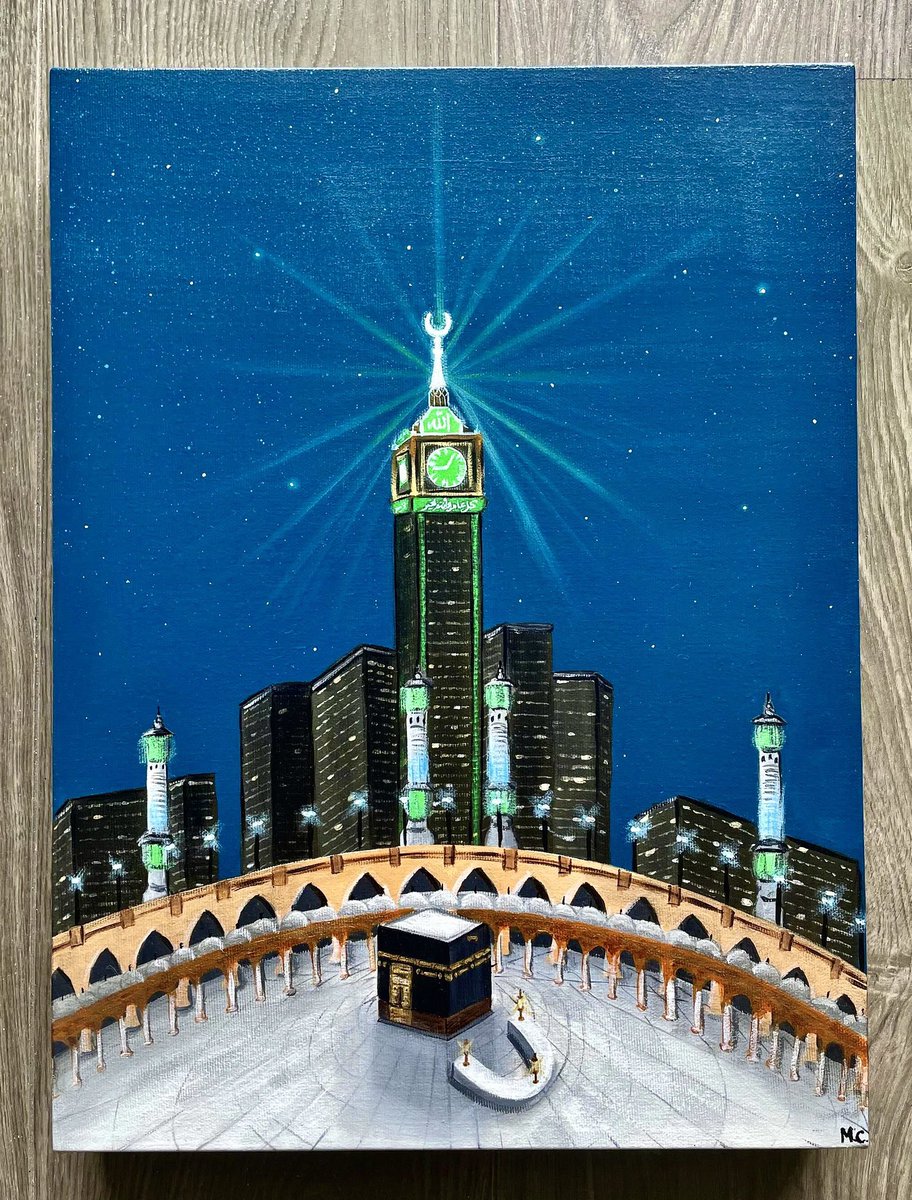
11/ Beautiful interpretation of the Kaaba by artist Al Kaatib
Al Kaatib is internationally renowned award winning calligraphy artist based in the UK.
#IntermationalArtistDay
Al Kaatib is internationally renowned award winning calligraphy artist based in the UK.
#IntermationalArtistDay

12/ Beautiful interpretation of the Kaaba by artist Lina Atiq
Lina creates bold illustrations and paintings using a largely near track; colour palette. Her works are inspired by Islamic art.
#IntermationalArtistDay
Lina creates bold illustrations and paintings using a largely near track; colour palette. Her works are inspired by Islamic art.
#IntermationalArtistDay
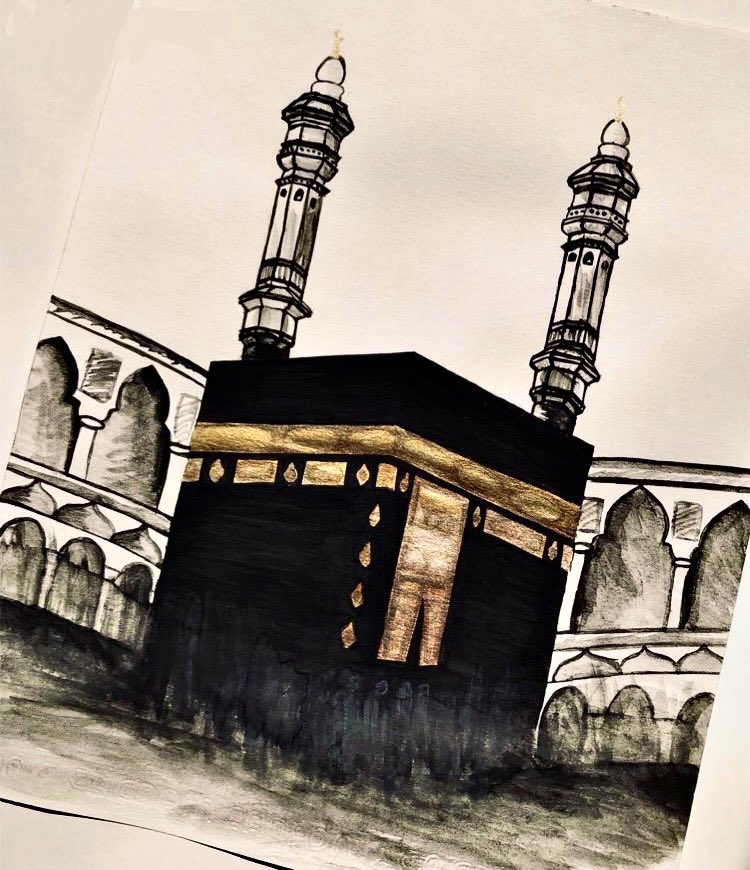
13/ Beautiful interpretation of the Kaaba by artist Azra Aghighi Bakhshayeshi
Azra has found a way to express beauty with words in a non-literary way. Her work reflects the fulfillment of a lifelong desire to perform Hajj
#IntermationalArtistDay
Azra has found a way to express beauty with words in a non-literary way. Her work reflects the fulfillment of a lifelong desire to perform Hajj
#IntermationalArtistDay

14/ Beautiful interpretation of the Kaaba by artist Hammad Haider
British artist Hammad finishes one of his artworks while on pilgrimage to Mecca. He is Junior architect & his art is inspired by Islamic architecture specifically.
#IntermationalArtistDay
British artist Hammad finishes one of his artworks while on pilgrimage to Mecca. He is Junior architect & his art is inspired by Islamic architecture specifically.
#IntermationalArtistDay
15/ Beautiful interpretation of the Kaaba by artist Selma Baz
Turkish artist Selma is a specialist in tezhip and miniature painting. This is her delicate expression of the Kaaba.
#IntermationalArtistDay
Turkish artist Selma is a specialist in tezhip and miniature painting. This is her delicate expression of the Kaaba.
#IntermationalArtistDay
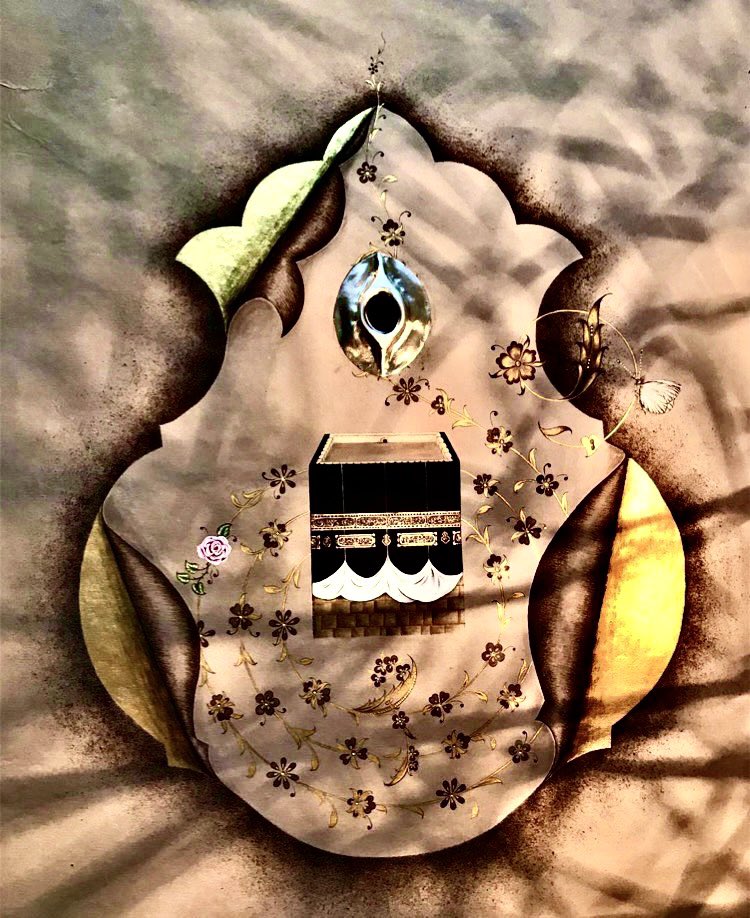
16/ Beautiful interpretation of the Kaaba by artist Muzan
Muzan is based in Liverpool, UK and is interested in Islamic art & architecture. Her realist paintings are an expression of faith.
#IntermationalArtistDay
Muzan is based in Liverpool, UK and is interested in Islamic art & architecture. Her realist paintings are an expression of faith.
#IntermationalArtistDay
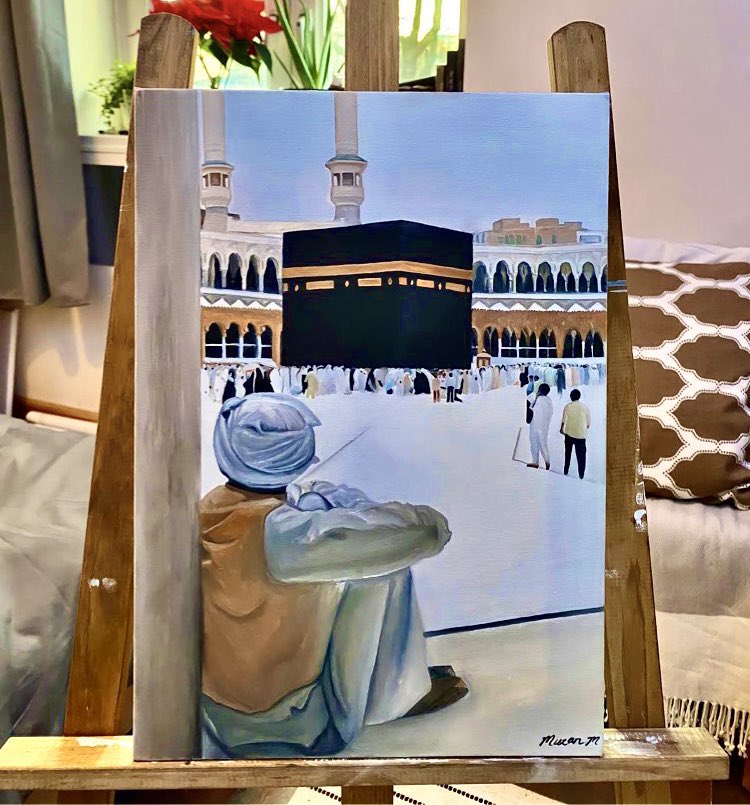
17/ Beautiful interpretation of the Kaaba by artist Lamya Kabbani
Emirati artist Lamya’s distinctive colourful works feature holy landmarks as well as scripts from the Holy Quran using various Arabic typography, from Kufic to Naskh.
#IntermationalArtistDay
Emirati artist Lamya’s distinctive colourful works feature holy landmarks as well as scripts from the Holy Quran using various Arabic typography, from Kufic to Naskh.
#IntermationalArtistDay
18/ Beautiful interpretation of the Kaaba by artist Ashfia
Ashfia is based in Manchester, UK. She is a student of Tezhip. Her work is mainly floral, pattern-based and often illuminated in 24k Gold leaf or Shell Gold.
#IntermationalArtistDay
Ashfia is based in Manchester, UK. She is a student of Tezhip. Her work is mainly floral, pattern-based and often illuminated in 24k Gold leaf or Shell Gold.
#IntermationalArtistDay
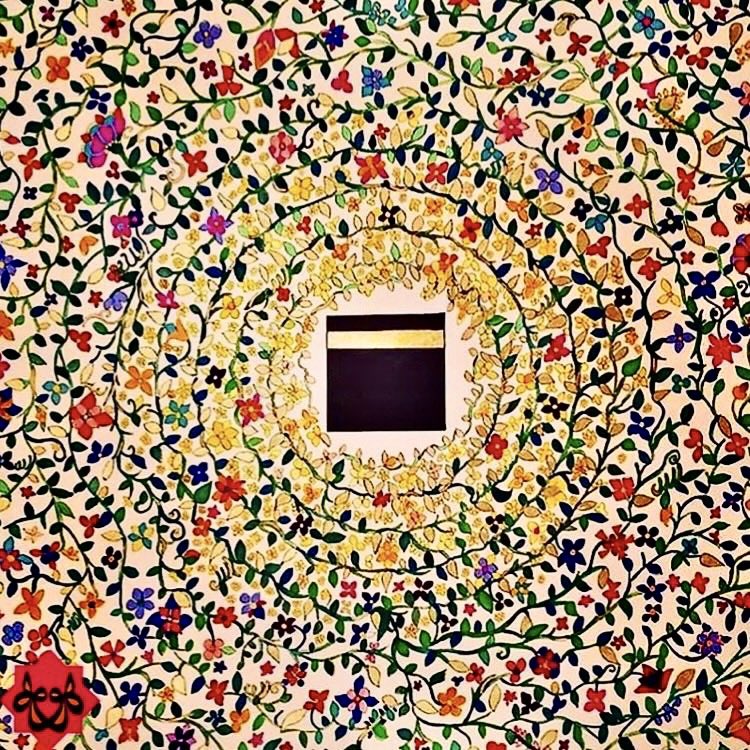
19/ Beautiful interpretation of the Kaaba by artist Merve Karli
Turkish artist Merve is a specialist in tezhip and miniature painting, particularly influenced by Ottoman painting reinterpreted through a contemporary lens.
#IntermationalArtistDay
Turkish artist Merve is a specialist in tezhip and miniature painting, particularly influenced by Ottoman painting reinterpreted through a contemporary lens.
#IntermationalArtistDay

20/ Beautiful interpretation of the Kaaba by artist Ahmed Mater
This miniature diagrams faith & religion. Iron filings radiate around a black cube, an emanation of attraction that evokes a pilgrims circling the Kaaba
@IslamScienceNet
#IntermationalArtistDay
This miniature diagrams faith & religion. Iron filings radiate around a black cube, an emanation of attraction that evokes a pilgrims circling the Kaaba
@IslamScienceNet
#IntermationalArtistDay

If you like this thread, check out our forthcoming Islamic Art & Culture Digital Festival happening online on 28 & 29 November.
Join us for a celebration of Islamic art, heritage & culture - with over 50 creatives!
Find out more & Book your tickets: eventbrite.com/e/the-future-o…
Join us for a celebration of Islamic art, heritage & culture - with over 50 creatives!
Find out more & Book your tickets: eventbrite.com/e/the-future-o…
• • •
Missing some Tweet in this thread? You can try to
force a refresh



